**2022/2023 This article has been updated to reflect new findings. Update at the end.
It has long been speculated that Amazon “loves outside traffic.” Any cursory search will reveal this mantra being touted by gurus, service providers and consultants alike. We need to just accept this fact. Amazon likes outside traffic. Period.
So, what makes it essential to know for you as an Amazon seller?

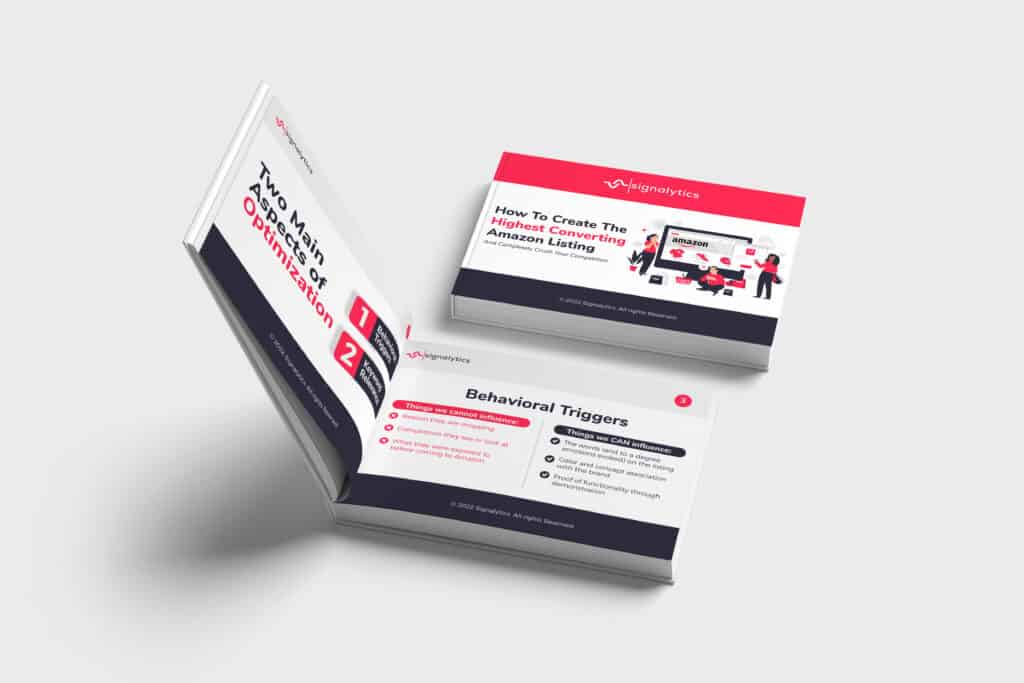
Get Our Internal Amazon Listing Optimization Operating System and increase conversions by 18%+ HERE 👇
Traffic is essential to queries, relevancy, and reviews (sales). And of course, the tightening competition in the digital space adds to your long list of considerations.
Understanding where the traffic may come from can help align your optimization practices.
Though you already have a wealth of information about these leaving you with just practicing them, understanding the process allows you to strategize, which can hasten the results and save you from unnecessary ad spend. This will make you gain an advantage over your competitors.
So, here at Signalytics we have reliable information that this is true. However, how do we prove that? When digging into the articles, quotes and trainings that pop up on this topic, no one explains the why. Just the how.
HOW to drive external traffic has a least a few dozen tactics, but no one seems to take the time to dive into what Amazon’s motivation would be, what strength external traffic benefits may lend and exactly how this might work.
But…isn’t it obvious? Amazon wants more sales/visibility/exposure. All the same things WE want!
Well yes, and duh. I’m not denying that. However, I still feel a deeper understanding of the links Amazon has with certain external sources will allow sellers to better utilize this knowledge.
And with that, we’ll be specifically focusing on Google. This is because we have it on good authority that this is the largest single provider of external traffic, and Amazon does care about it very much.
Optimizing the meta, tags, and description for Google isn’t enough to get you to soar into ranking heights. And we are not just talking about local ranks but also in the world.
Continue reading to understand how to concoct the secret sauce that contains product listings optimization, website traffic management, and search engine optimization algorithms – all of which will eventually skyrocket your visibility and sales rank in both Amazon and Google.
Evidence That Amazon Likes Google Traffic
Search Statistics
It’s important to note that nearly half (46.7%) of all US internet users start product searches on Amazon compared with 34.6% who went to Google first. That means Amazon is already winning the “search engine game.” At least, with regard to consumer products.
Even still, a solid third of all purchase-intent traffic starts on Google. No smart business leaves THAT kind of money on the table.
Also, search is complex and often a mix of offline and online. It is rarely a linear thing. Many searches start on one site, move to a physical location, come to another site, and branch off in a dozen different directions before ending in a sale.
Remember that there is this factor called conversion rate. It states the percentage of the traffic your product page receives translates to sales. That is, how many out of the sizable quantity of visits actually became shoppers? It is also just one of the KPIs you should consider and monitor when assessing the quality of your marketing and backend optimization efforts.
In fact, on average, only 11% of consumers can be treated as strictly “online customers” and 12% can be considered strictly “offline consumers.” This explains why marketers often preach about the importance of multiple touch points and brand exposure. Customers, even online, don’t just place orders…they go through a journey.
Advertising Statistics
Aside from owning a decent amount of organic space on the Google search platform, Amazon pays for Google ads on over a quarter of keywords they already rank page one organically for. Over half of the page one ranked keywords also have Google Shopping ads.
This clearly shows Amazon is taking no chance to be left undiscoverable on Google. It also shows they have an interest in being there, so much so that they pay for redundancy on the platform.
While they appear to pop up less frequently, Amazon does also purchase ads on Bing (and probably Yahoo though I had trouble finding any ads).
Google Experiment
When you are aiming to rank in Google, the first thing that comes to mind is SEO. So, you have to optimize stuff like product title and product description with ranking keywords. You also have to observe a certain number of characters for both.
In Amazon, prices can impact your ranking since that is usually what buyers compare when choosing a seller offering the same products. And we know that sales drive the ranks.
Unfortunately we are missing too many data points to dig into the million-dollar-question:
Does ranking on Google impact ranking on Amazon, or the other way around?
We can know when a product first started selling, and it’s BSR throughout its history (thanks to tools like Keepa), unfortunately there doesn’t seem to be a reliable way to track indexing history on Google, especially with Amazon listings.
While it is clear Amazon does care about their catalog pages indexing, there are so many, many appear to go long periods of time without indexing, and still others seem to get un-indexed and re-indexed, or even just don’t show up in a search using Google tools despite it showing up in search results without them.
So we are stuck just looking at the fact that there IS a correlation…
I decided to run a very basic experiment. Just search for a bunch of random, well-known keywords to see if any Amazon listings appeared in organic search results, and whether those same listings showed up on page one of Amazon.
It turns out that many do. You can conduct this experiment on your own. Here are a couple of my results.
Keyword “massage gun”
Google organic results show an Amazon listing in the number one position.
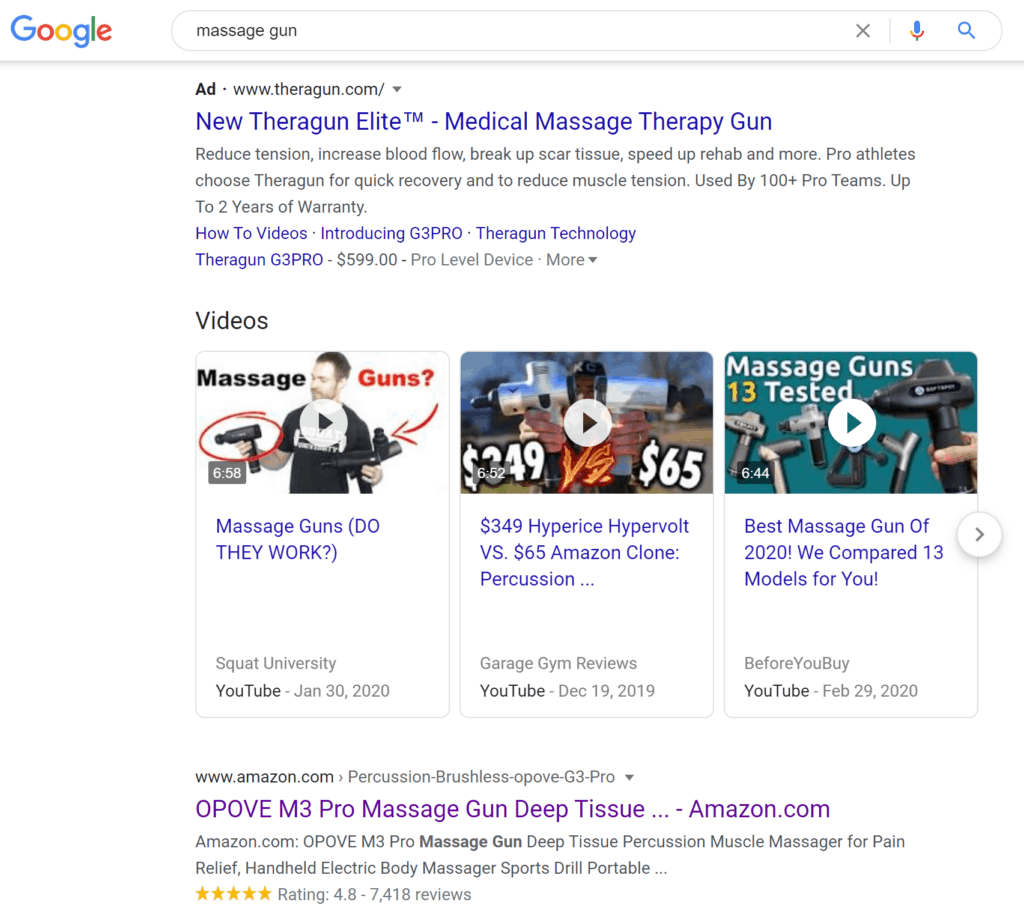
Amazon organic results show the same listing in position ten.
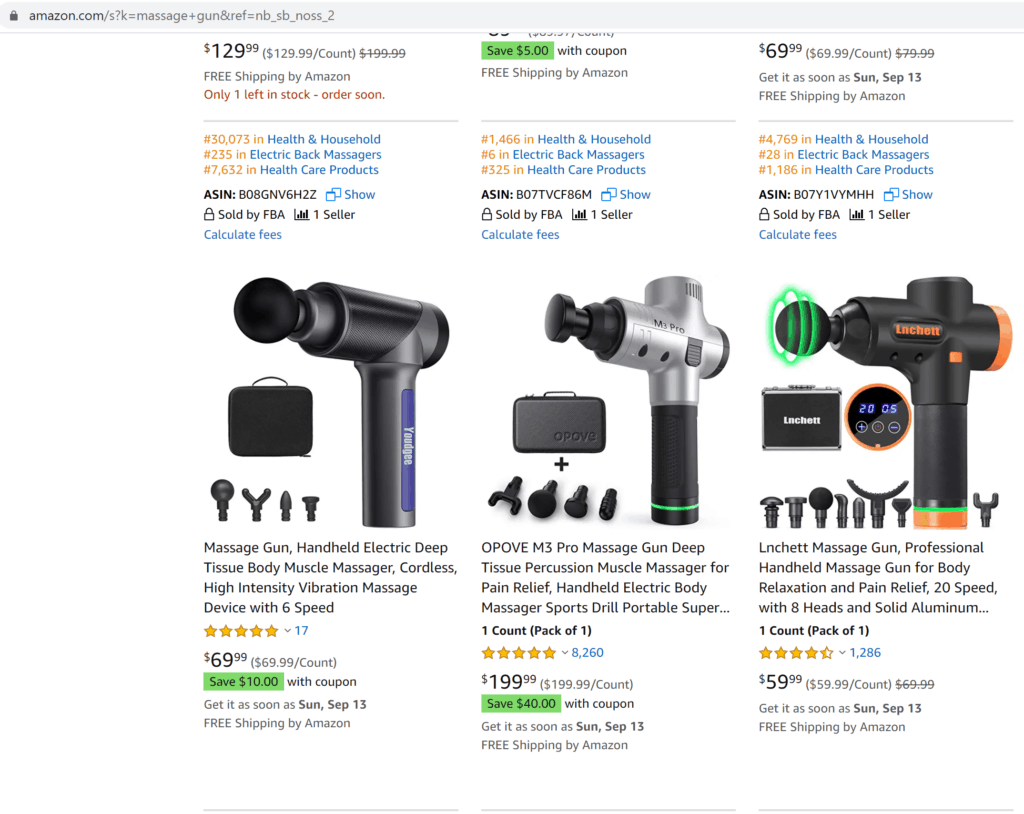
Keyword “garlic press”
Google organic results show an amazon listing in position six.
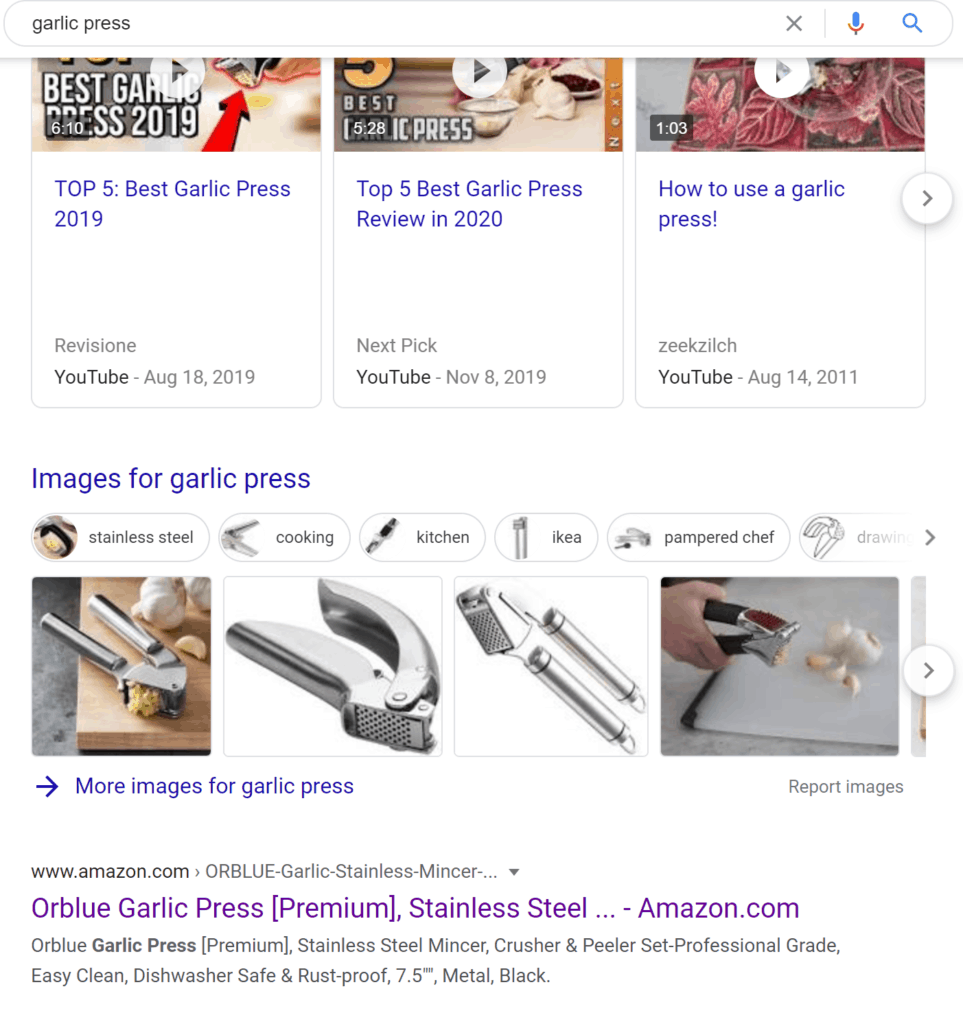
Amazon organic results show the same listing appearing as number one.
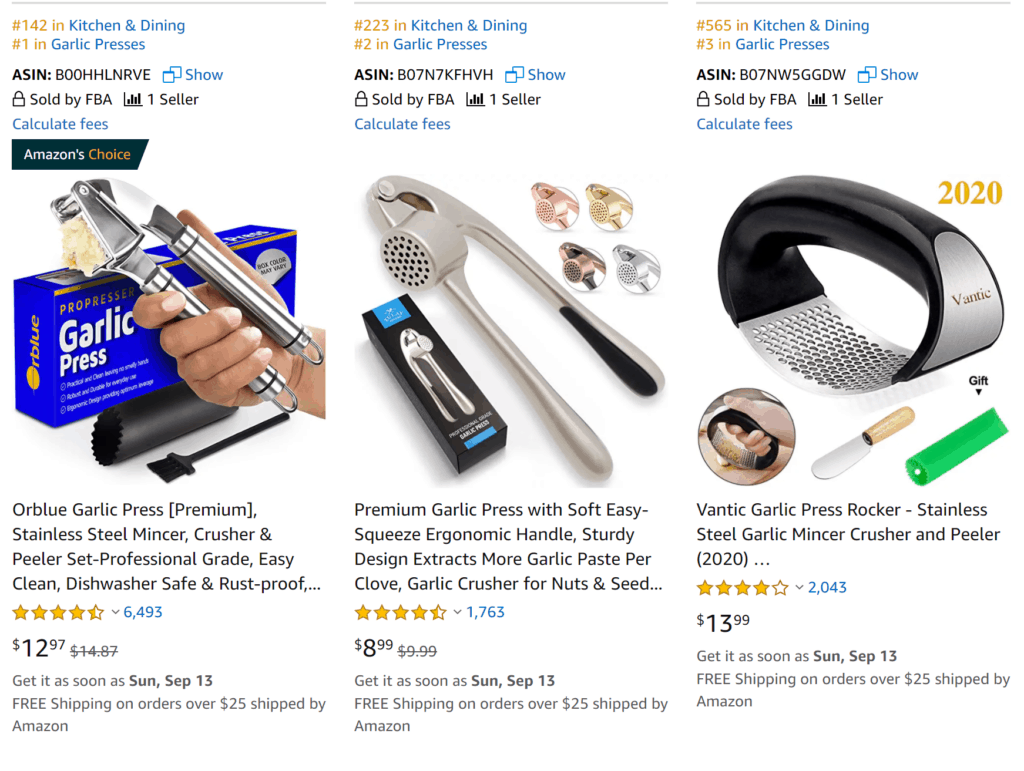
Keyword “meat claws”
Google organic position shows an Amazon listing at number one.
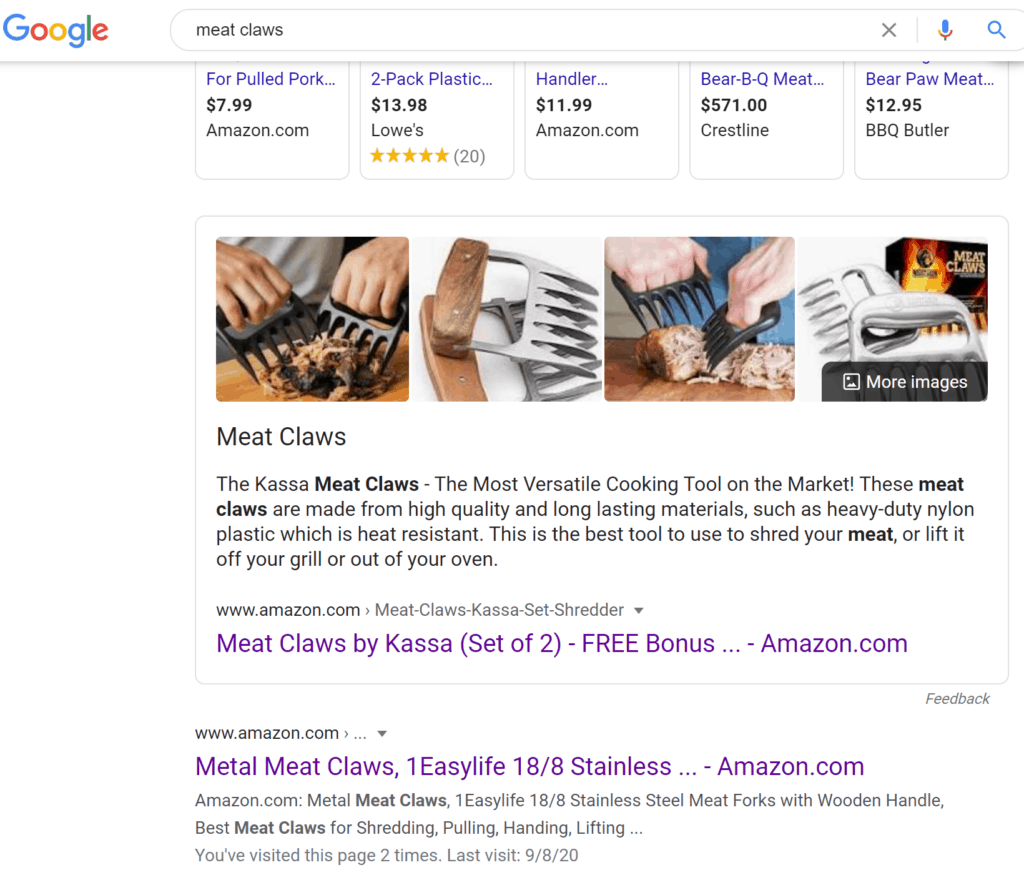
Amazon has the same listing on page one in organic position number nine.
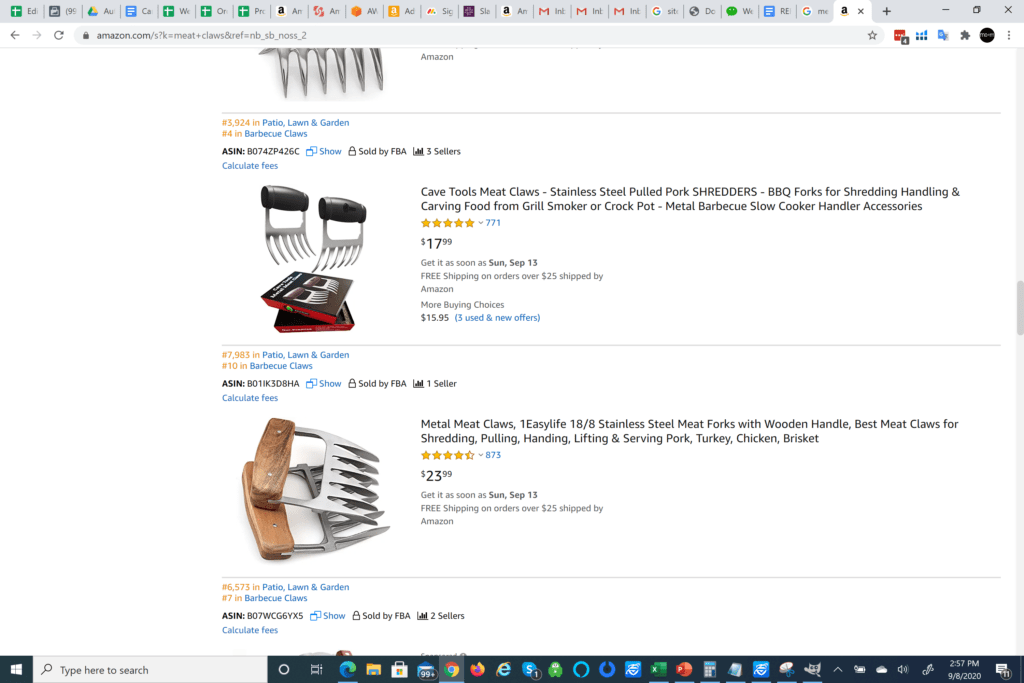
Keyword “dog storm vest”
Google has an Amazon listing for this keyword in the number one organic position.
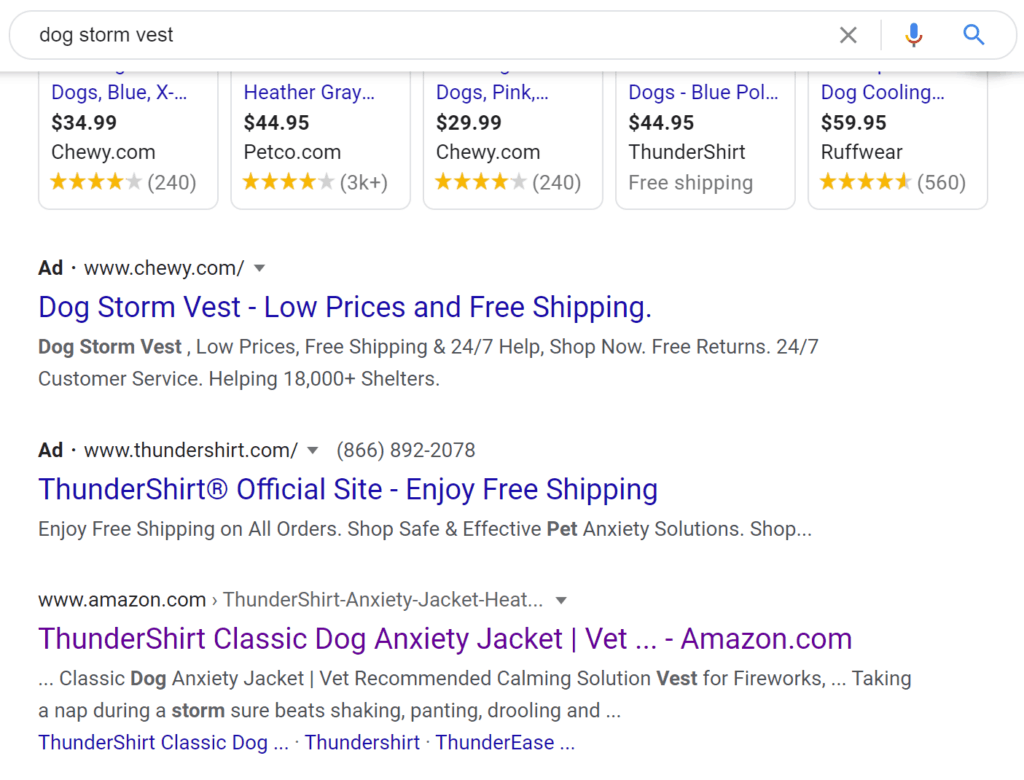
The same product appears in the number two spot on Amazon (though it appears number one is the same product but in a different color).
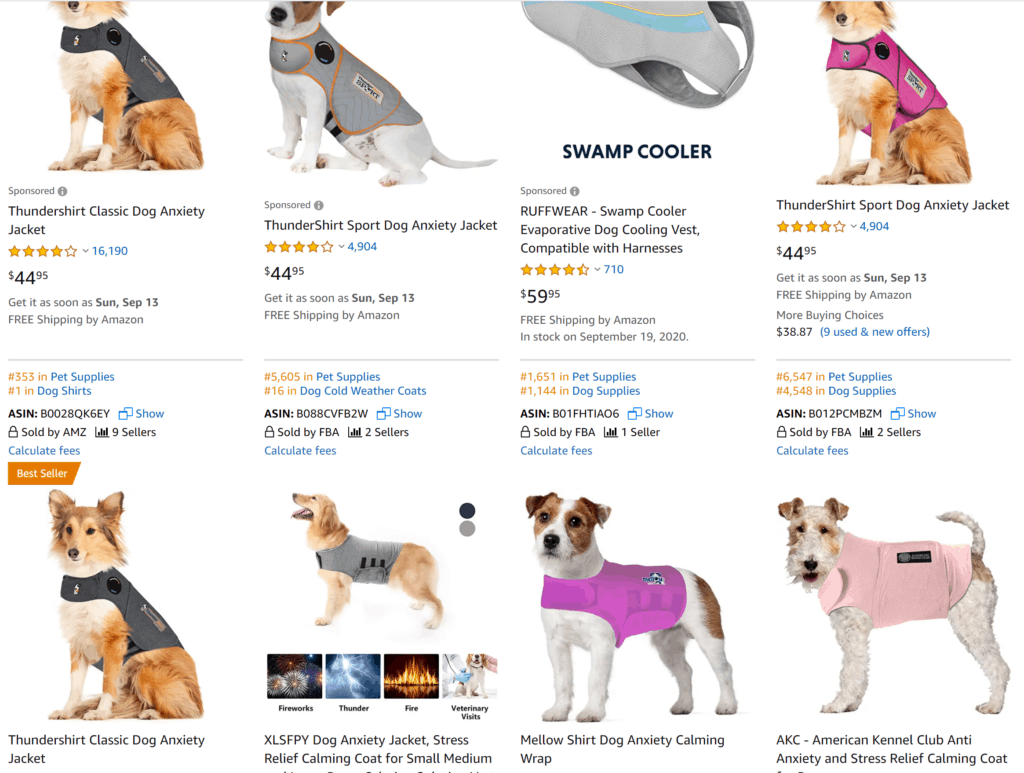
This can go on for days. Not every Google page has an Amazon listing, but several do when the search is for a specific physical product. Potentially depends on the category. There was one observation I made however.
PRO TIP *There were quite a few instances where the top one or two organic links were search pages or bestseller lists. This is likely due to the number of backlinks to that specific page, so it may be wise to research that first (if you choose to attempt to rank on Google as a strategy, it’s probably easier to overtake a single listing than an Amazon collection).
Amazon and Affiliates
Amazon has an affiliate program it calls Amazon Associates. Affiliates get a commission for “referrals,” which are essentially sales on Amazon from traffic driven by the affiliate. Typically this is achieved with a website that links to various products on the Amazon platform. This makes a big part of the Amazon affiliate game an SEO game, as their traffic often comes from Google.
As such, Amazon has historically given generously increasing commissions (pre-Covid) based on performance, indicating that traffic driven by affiliates is encouraged. Be that as it may, that may not even be the biggest indicator that Amazon supports affiliates and their backlinking strategies.
The Product Advertising API (PA API)
Amazon associates can gain access to an API known as PAAPI. This enables the affiliate to add functionality to their website that helps encourage visitors to make purchases from Amazon.
What this API gives the affiliate access to is a strong indicator of how much Amazon appreciates the traffic. PAAPI perks offer search and item lookup functionality, so site visitors can effectively find products in a large catalog.
It also gives checkout options that tie Amazon checkout directly to the cart interface on the affiliate’s website. Basically, an Amazon associate can build a mini Amazon website of their own.
PA API guides the customer journey towards your Amazon listings by guiding the traffic flow. For buyers, this is convenience; for sellers this is higher conversion rate.
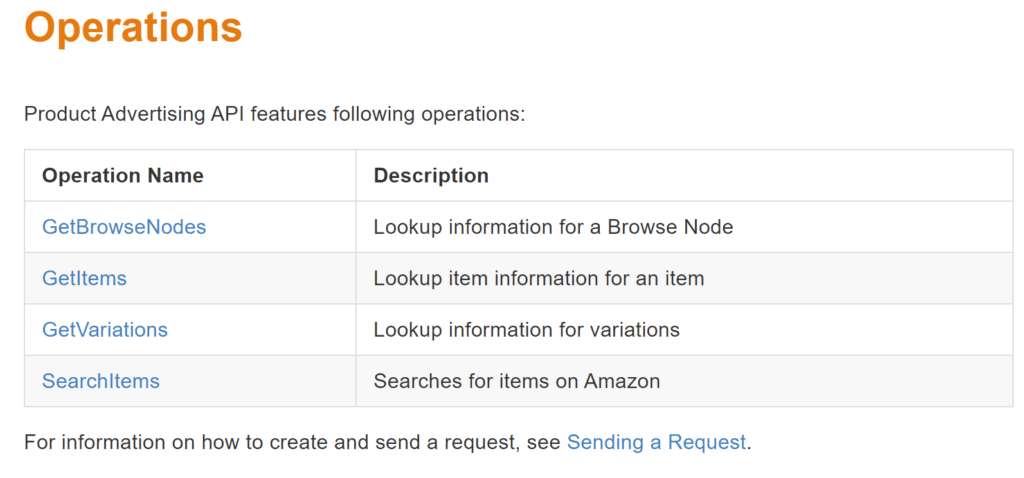
This would seem counterintuitive as Amazon would clearly want the seamless shopping experience to be associated strictly with the Amazon website, if it weren’t for the fact that Amazon clearly wants outside traffic to be driven.
Amazon Onsite
Associate perks don’t stop at the amazing functions of the API. Amazon recently pushed out another amazing program called Amazon Onsite, which is basically a way for Amazon to piggy-back on affiliate content marketing strategies.
In the Onsite Associate program, Amazon affiliates (presumably that get massive site visits and are invited into the program) are able to write content pieces about certain products and then have those content pieces syndicated and published on the Amazon site itself!
Here, you can better express more information about the product. Since you are writing full content, you can focus on features or expound a key difference among its competition. More than the price point, you can shift to the benefits to make people realize the value you are offering.
You can also add some tips on how to maximize the product and incorporate it into your buyer’s lifestyle. This is also a good way to encourage repeat customer or customer loyalty.
Take a look…
Here is what it looks like, directly on a search page. This is represented by a widget called “Editorial Recommendations.”
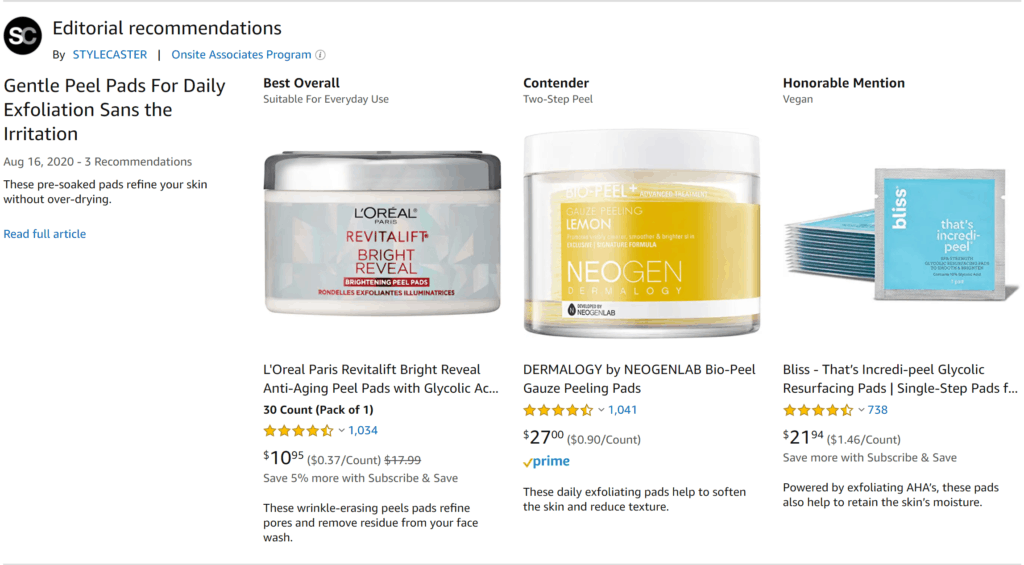
As you can see, the links within the article and within the Editorial Recommendations widget are affiliate links.

This means that any sales that come from that widget…right there in the middle of a search page ON Amazon…will pay a commission to the affiliate. Amazon is sharing its revenue with affiliates from links directly on their own site.
Why?
Because the give and take is a two-way street. The original piece of content was published on their website, and as you can see it gets plenty of backlinks (which helps in Google rank).
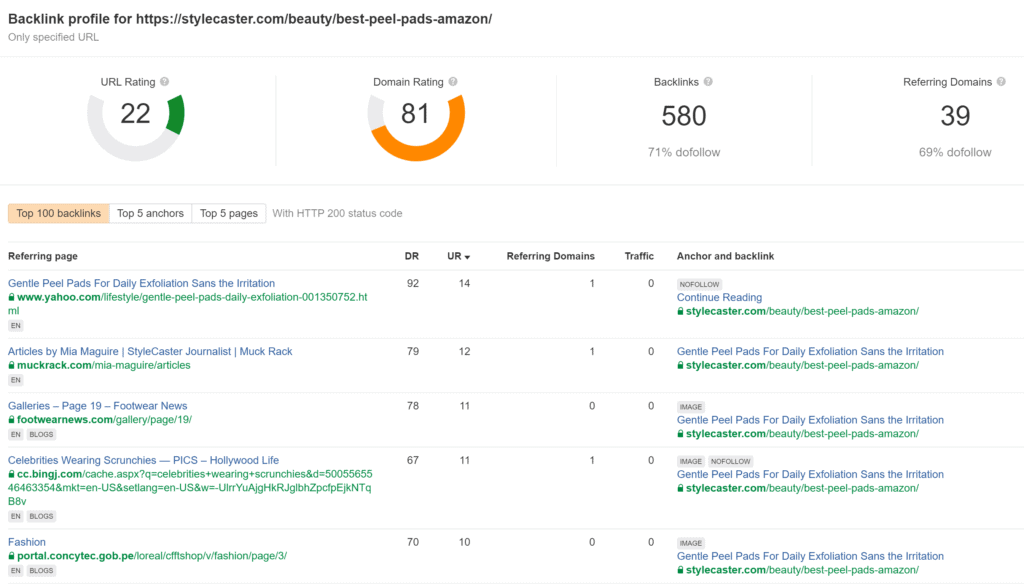
Amazon likely offers this program to bigger affiliate sites because they get tons of monthly traffic.
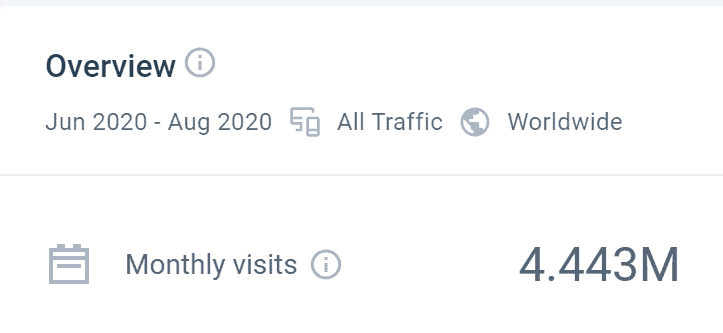
So in exchange for a partnership in a specific content marketing strategy, Amazon shares a piece of its own website with larger affiliates, who in turn create more content and drive more traffic to the marketplace.
Amazon Influencers
As if all this wasn’t enough to convince any rational person that Amazon was making great effort to drive outside traffic (much of it from Google) we have another program to discuss. The Amazon Influencer program.
This program essentially offers an affiliate the ability to create their own storefront on the Amazon platform. Again, Amazon shares a piece of its valuable real estate with a registered associate.
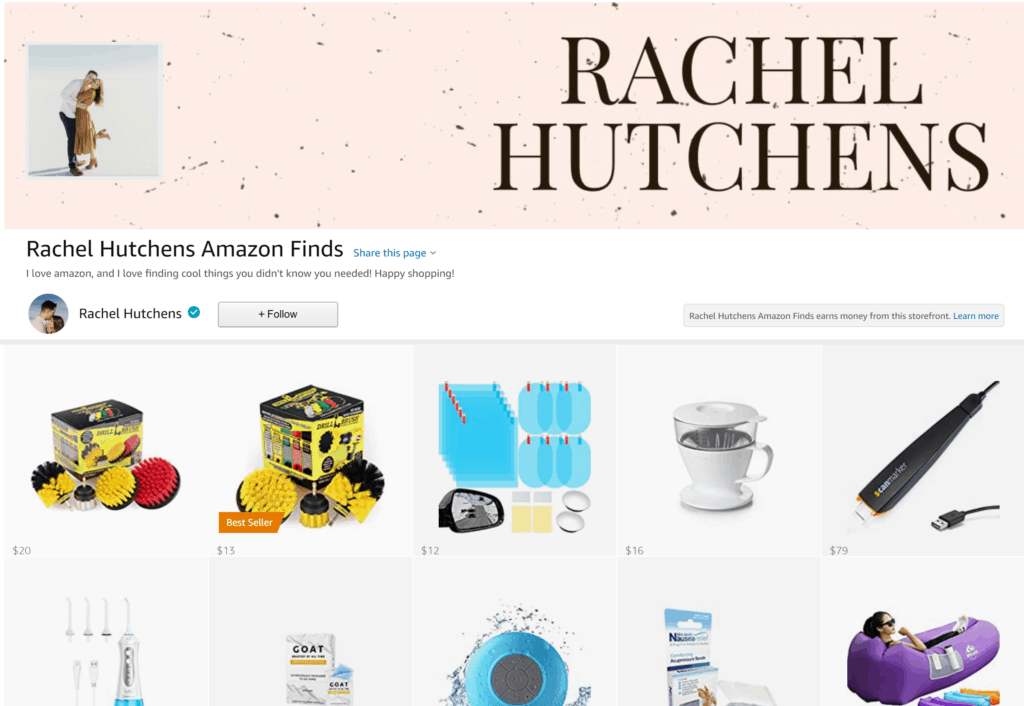
This program is definitely less dependent on Google, but the premise remains the same. Amazon is sharing assets with someone who can drive external traffic to the platform. In the case of influencers, the primary traffic source is social media.
When revisiting the question, does Amazon like external traffic, all signs point to YES. And based on the methods employed, it appears obvious that the reason is for more distribution on Google as well as other viral platforms like social media. All in an effort to get eyeballs to the platform from every corner of the internet.
How Can You Leverage This?
First and foremost, do follow the expert advice that says to optimize your listing. Definitely do awesome keyword research, on both Amazon AND Google Trends.
Definitely optimize your canonical URL, and even check what parts of your listing are already indexed by Google.
However…..
Where the Experts Get It Wrong
Most of the how-to on this topic also state that one method of driving external traffic is through paid ads. While yes, this will drive traffic, and yes, you should be doing paid advertising if you can make sales profitably, THIS DOES NOTHING FOR ADDING A REFERRER BOOST TO YOUR RANK!** (update below)
It might come as a shocking truth to you since rankings are proportional to attention and sales.
I’ll explain by illustrating.
First, here is an ad by Amazon on Facebook.
Now, if we inspect the element (I show you how to do this later) we see that not only is the link tagged with a special Facebook ID (indicating it is an ad) but there is no referrer at all.
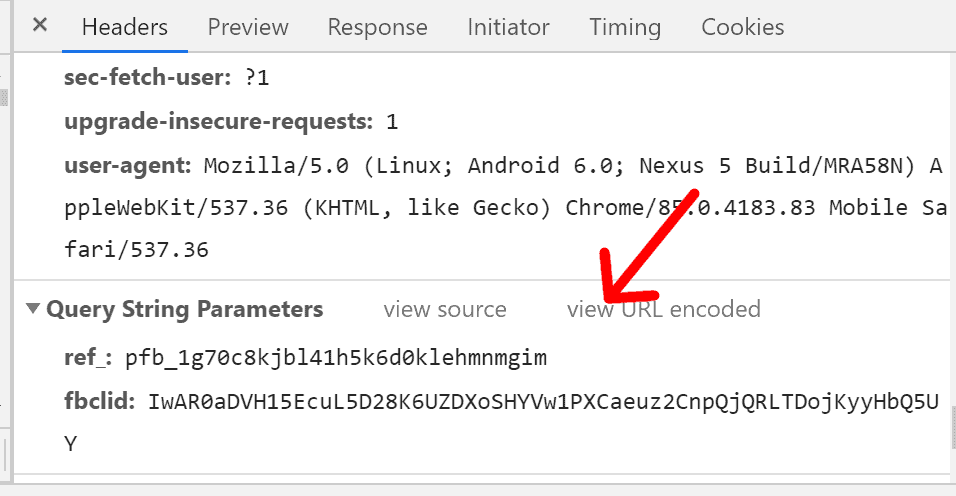
If we do the same thing looking at a Google Shopping ad from Amazon…
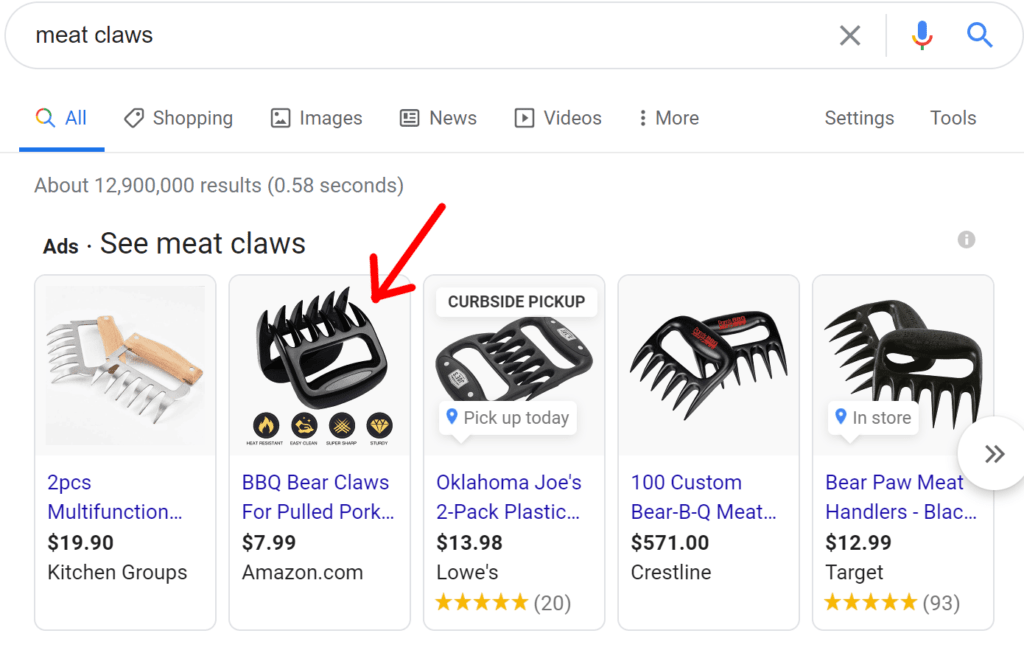
We see that there is a tag in the URL and no referrer here as well.

This means that the referrer is stripped in paid ads. So while you might get the benefit of sales (and hopefully profits) from paid ads to your Amazon listing, you aren’t likely to get an added boost to rank from the external traffic source.
So what can you do? Drive the external traffic yourself, in other ways.
Using Flows To Drive External Traffic
Conversational flows help to steer customers in the right direction. That’s why they are so effective, not only in building relationships and trust, helping to earn the sale, but also in ensuring customers make choices that benefit all parties involved.
One way to steer the choice toward external traffic, such as Google, is to conversationally guide your potential buyer in that direction. Let me illustrate.
Here is a module from a Manychat flow. You can see here that in order to get to the product, rather than link to the listing itself, it links to a Google search page.
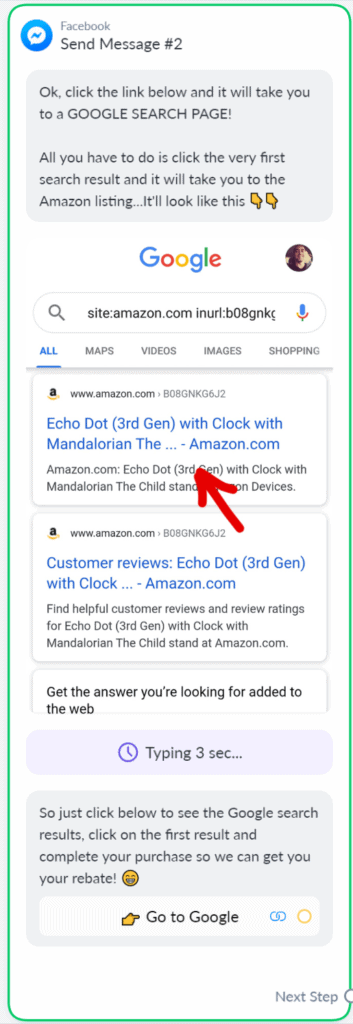
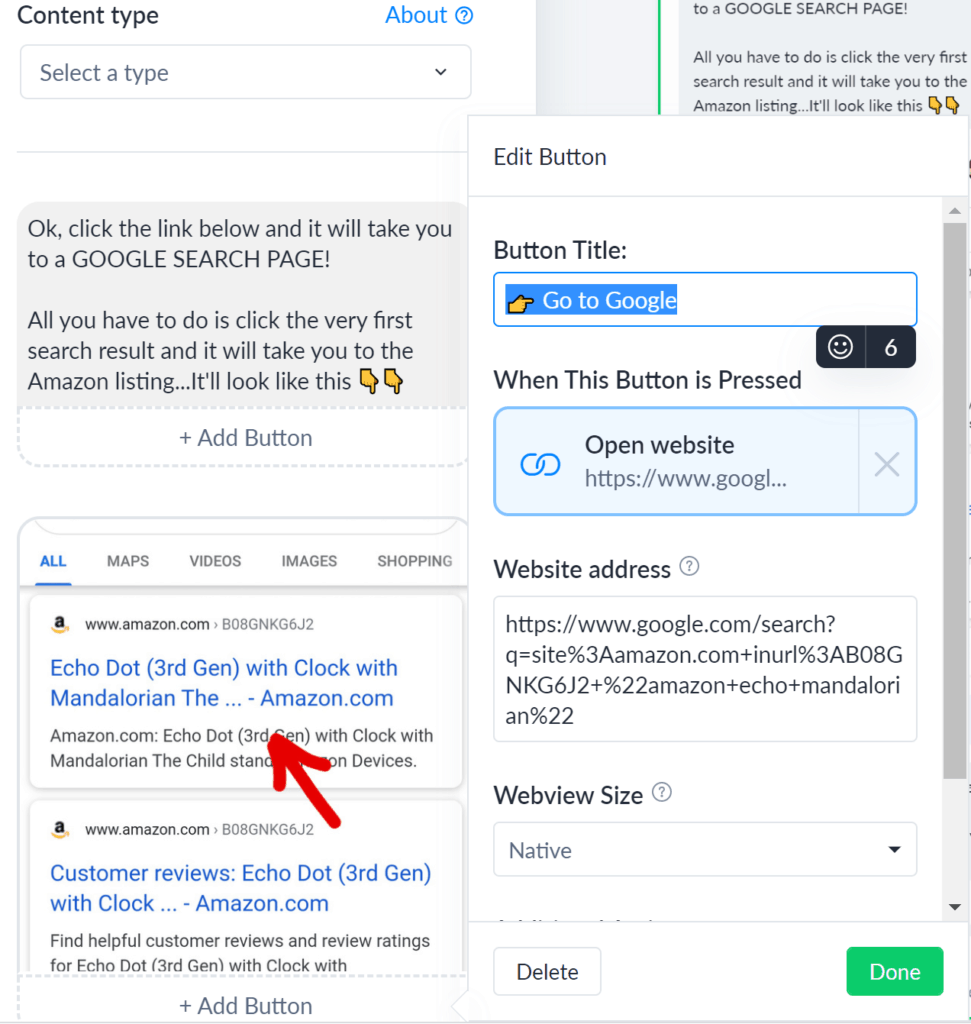
The same can be done in a webflow (a conversational platform outside of Facebook Messenger that we at Signalytics developed).
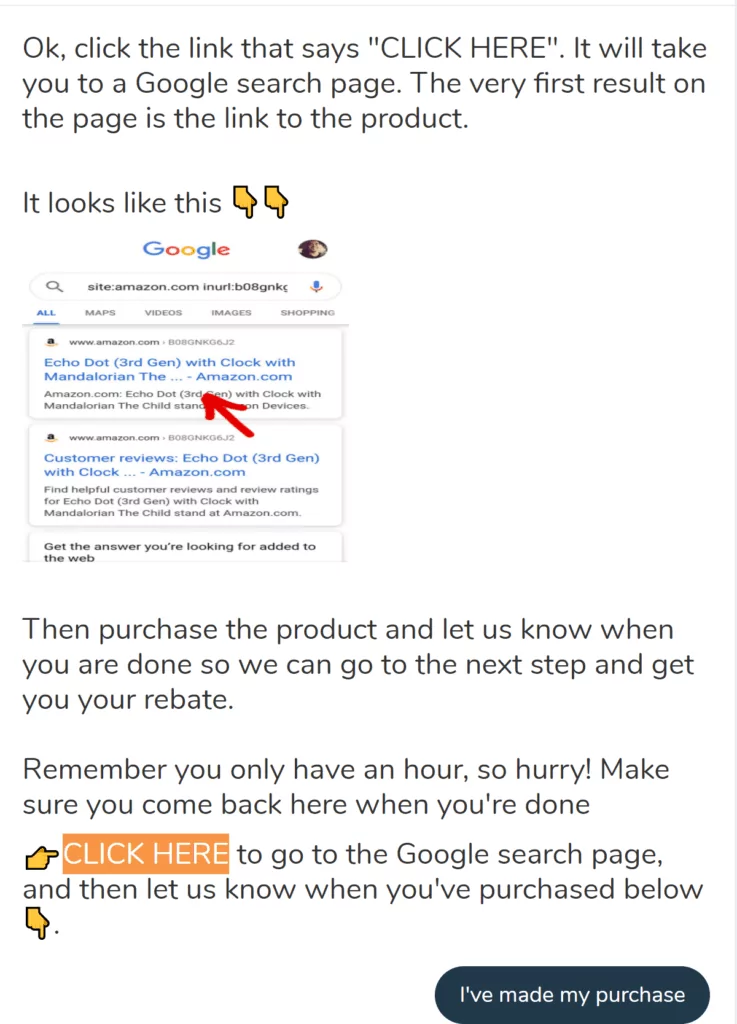
Diverting traffic to and from Google still appears to have the greatest benefits, as rank on both platforms seems synergistic, and Amazon puts much more effort into orchestrating outside traffic efforts from Google.
However, this strategy can be used to drive external traffic from anywhere.
Here’s an example of our own results diverting traffic through Google and ranking for an 8,400 search per month keyword within nine days.
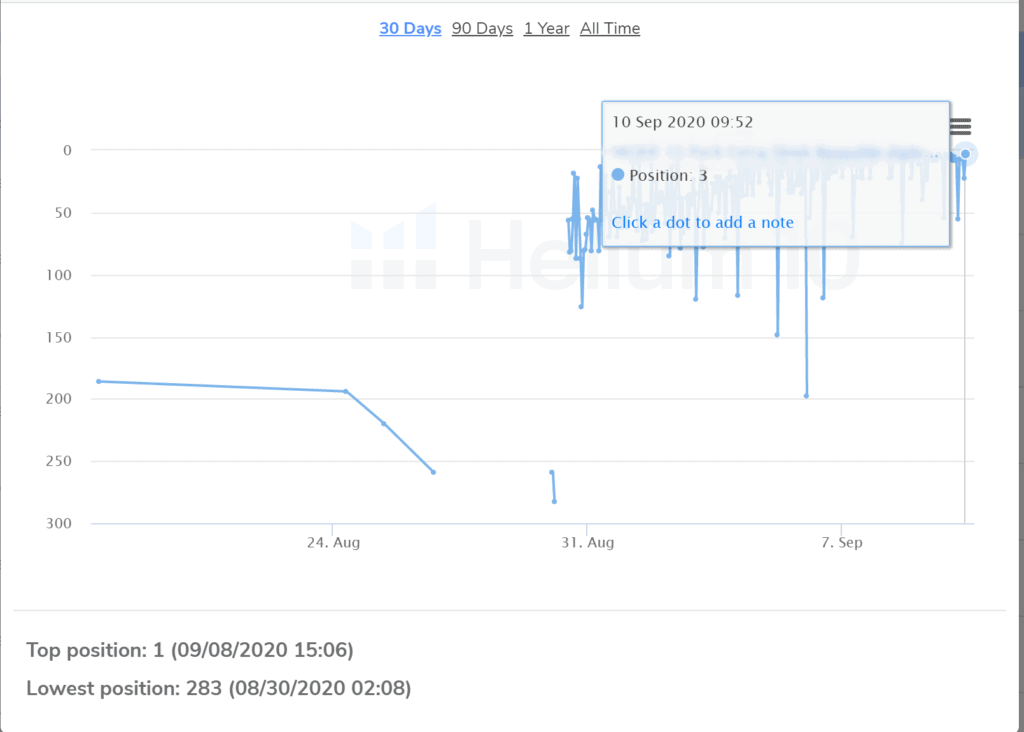
What’s more, in the same short time we’ve made great strides in another important keyword that gets almost 20,000 searches per month and contains some of the same words.
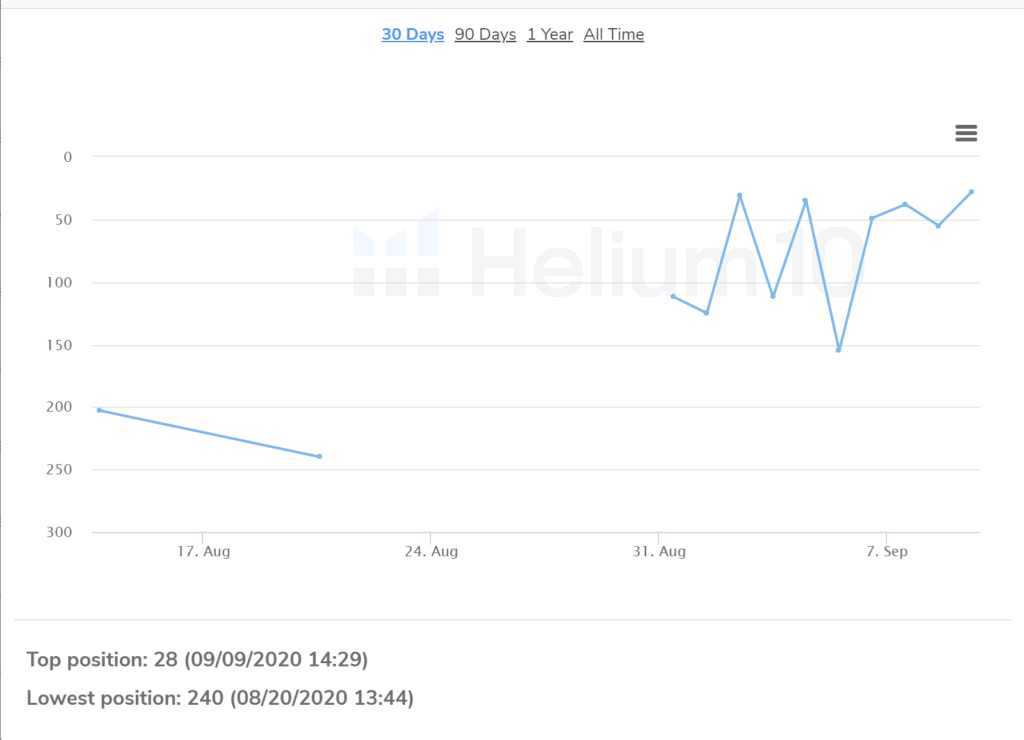
How To Tell If Your Links Will Work
To make sure you are using the right links in your promotions, check out our Guide to URLs That Will Explode Your Growth On Amazon
Now we get to have fun with Google Developer Tools (don’t worry, this is NOT complicated).
If you want to see if a link you want to use will have the desired impact from external traffic, you need to make sure the referring website is, in fact, external. This is a simple process.
First, visit the URL (to signal that conversions are coming from the referrer, this link should go directly to your product listing).
Next, right click on your mouse and choose the option “Inspect.”
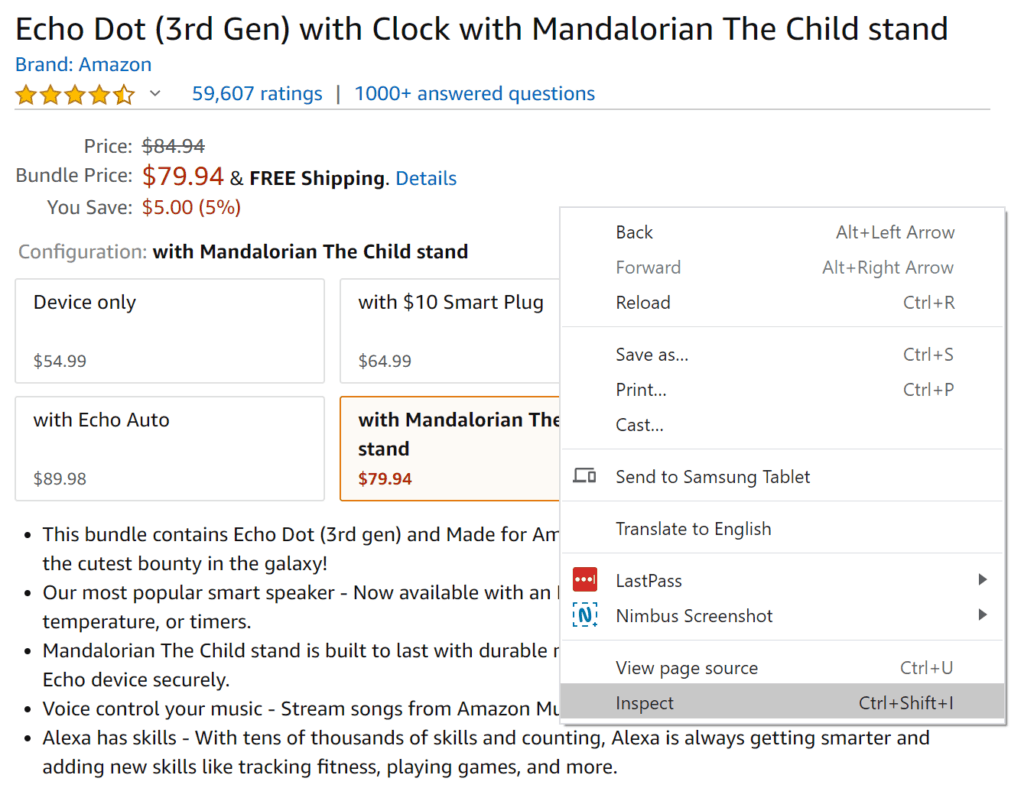
From here you want to click the “Network” tab.
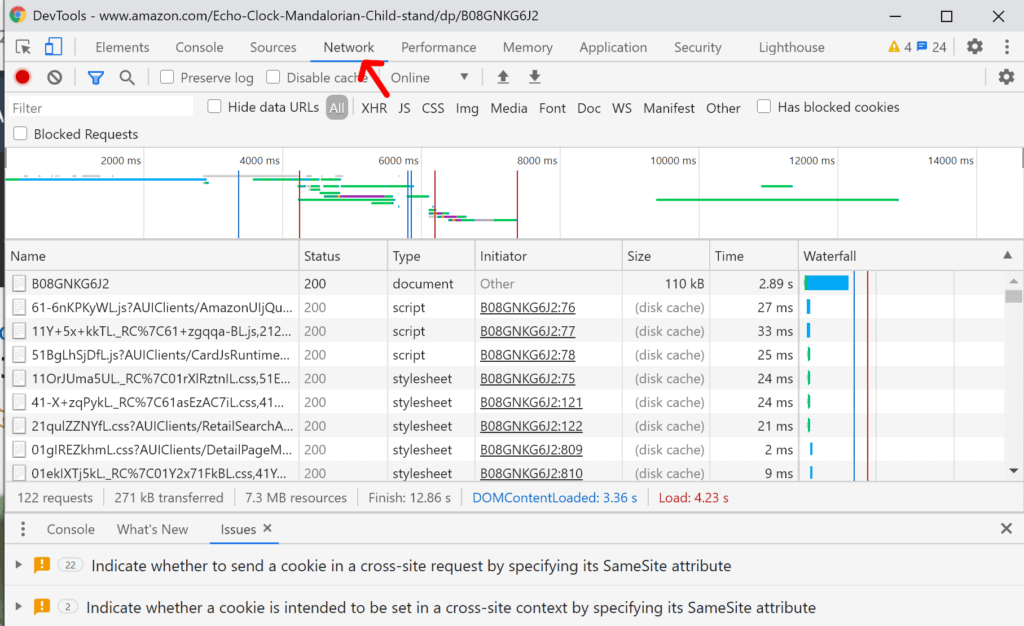
Then click on the very first document file (usually titled as the ASIN).
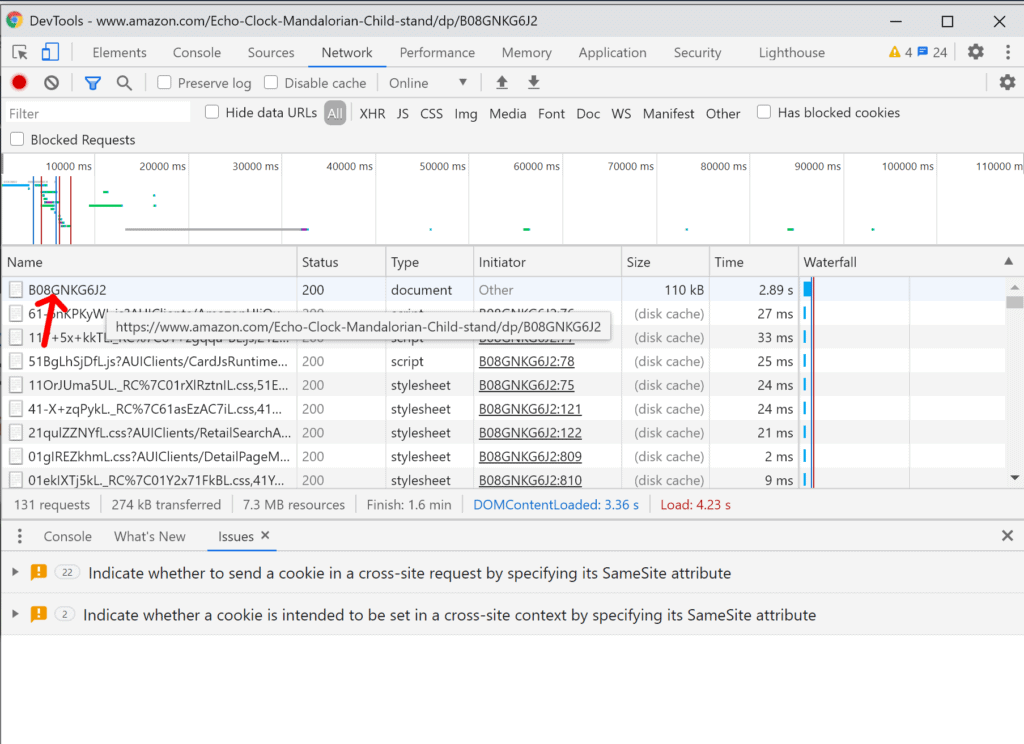
Now look to the right and scroll down under “Request Headers.” There you will see “referrer” and it will display the referring website. In this example, it is google.com.
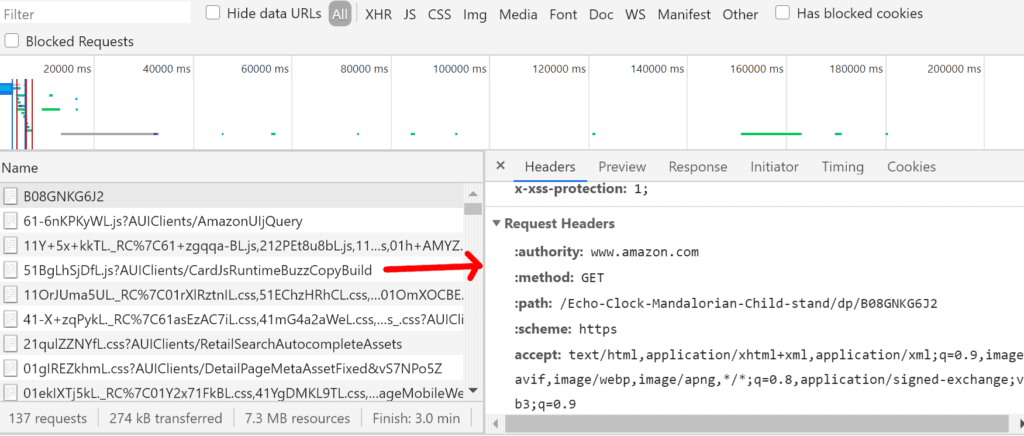
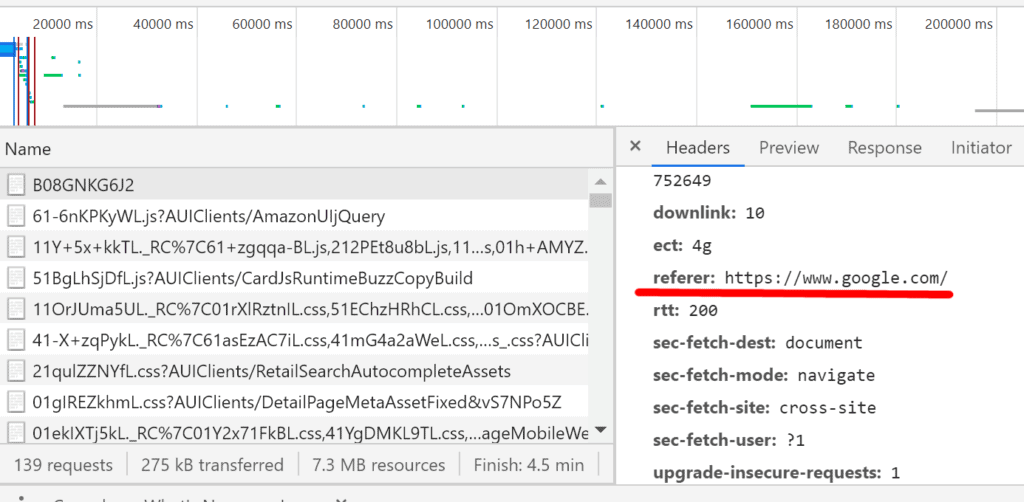
Now, any purchase coming from that link will have Google as the referrer and thus any preferential treatment Amazon might lend to converting listings whose traffic is driven from the search engine will be realized.
** UPDATE 2022/2023
Since this article was written things have changed in how Amazon and Google work together (or our information is better…one of the two). This article showed evidence that running Google ads directly to an Amazon listing page would not increase rank.
That has changed. Now Google passes all necessary information onto Amazon through it’s ad ID parameters. Whereas before you were missing the benefit of keyword attribution, today that is no longer the case. Since keyword conversion data is passed on (in two-way communication) Google ads have become an extremely effective way to increase rank on Amazon.

